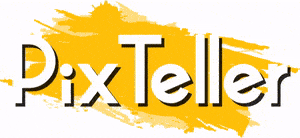The Curious Case of Dark Social Media and Why You Should Pay Attention To It
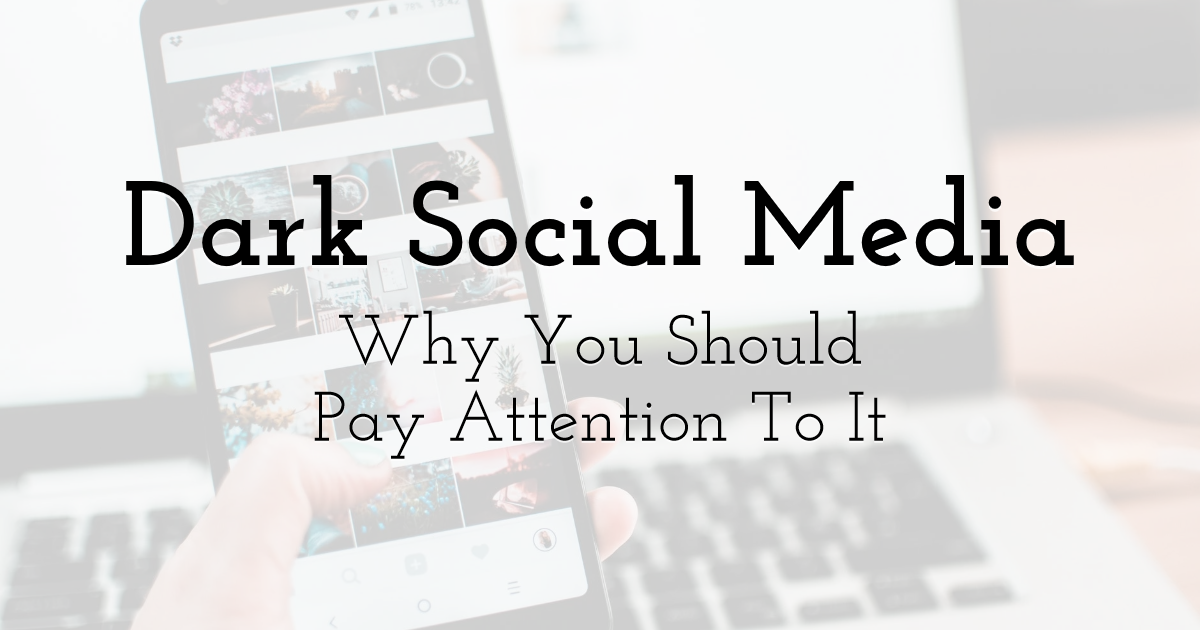
Make your own social media images & short videos
with PixTeller
free graphic creator & online animation editor.
Dark Social / Dark Traffic / Dark Social Media.
Whatever you want to call it, the common adjective remains- dark.
When you're in the dark, you can hardly grasp things; you're unable to figure out what is going on because you can see nothing.
For marketers like Johnny SEO services, it's almost an innate need to track and measure everything. It's all about metrics, metrics, and metrics. If you can't follow these metrics, how will you know if your campaign is working or not? How will you improve? It's entirely understandable if you're a bit skeptical of things you can't control or measure, and such is the case of dark social media.
The Birth of Dark Social Media
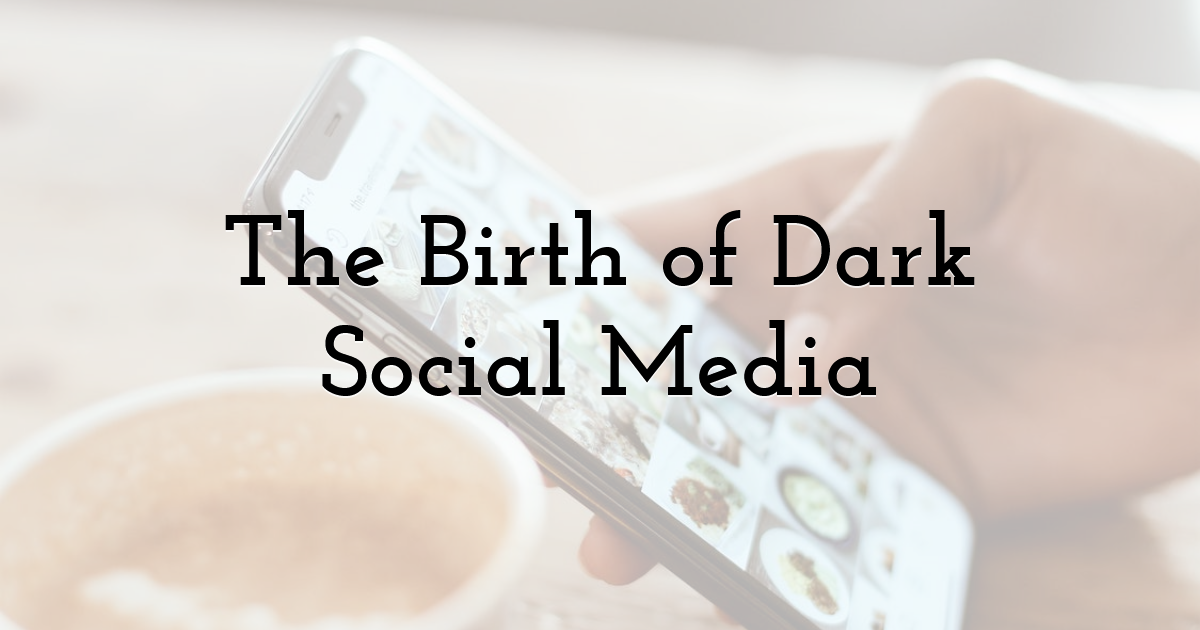
The term 'dark social media' came from Alexis C. Madrigal, the senior editor of The Atlantic. He explains about sharing of contents in social channels that happen outside the premises that are measurable through web analytics programs, hence the word "dark" in his article entitled "Dark Social: We Have the Whole History of the Web Wrong."
He also discovered a lot of exciting stuff way back in 2012. Below are some of them.
- • The statistics of sharing you see on social channels such as Facebook and Twitter are only a tip of the whole 'social' iceberg.
- • The majority of sharing takes place on dark social means such as IM and email, both of which are difficult to measure.
- • As stated in recent data among media sites, 69% of social referrals come from dark social, while 20% comes from Facebook.
- • Twitter and Facebook changed the pattern from private sharing to public publishing. They monetize, structure, and archive your publications.
How Does It Materialize?
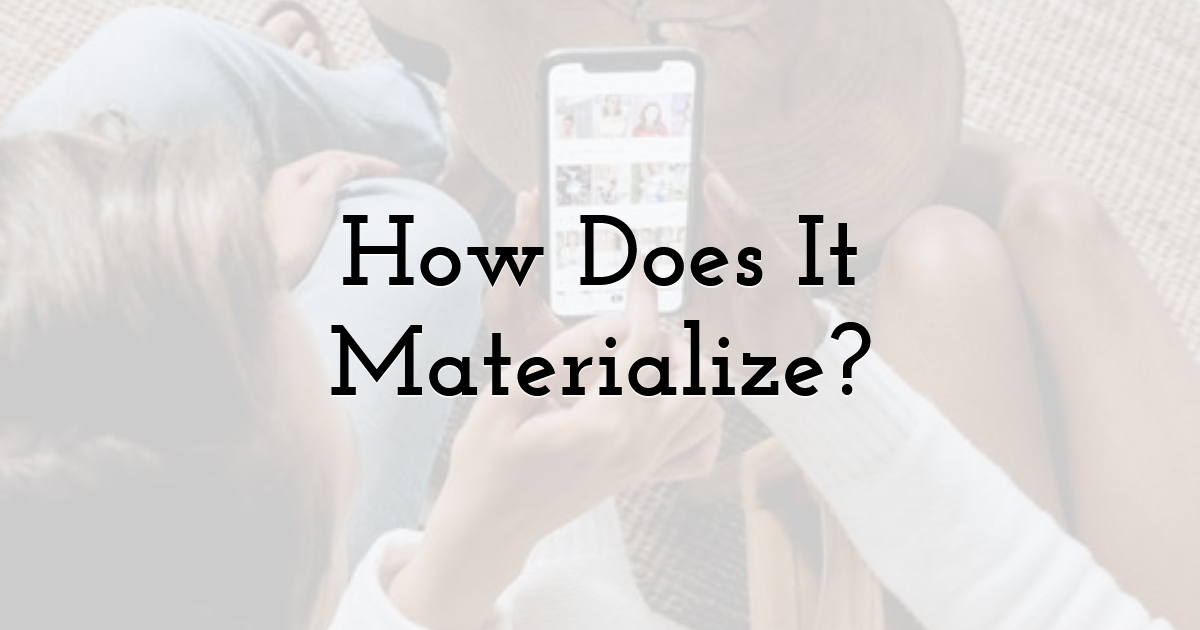
When it comes to online marketing, be it an email newsletter, a sponsored native content, or a paid advertisement, the emphasis lies on conversions - if the content is not convincing enough for the user to click it and visit the site, then that marketing is useless.
In that case, marketing experts are combing continuously over the analytics on their marketing content to identify which forms of advertising is the most efficient in converting customers, and this is where dark social media comes in.
It turns out, though, there's a massive amount of link-sharing that is invisible to the radar of analytics. This discovery concludes that a very high percentage of sites are reachable through private sharing in the forms of text messages, emails, or social apps like Facebook Messenger and WhatsApp.
These shares don't have referral links because they occur on a secure and private communication channel. It could be a URL that a user just visited before arriving at the destination site. Or, it could be an ad on your Facebook News Feed, which is an explicit referrer to the site.
Marketers use these referral links to measure and track the success of their efforts. Therefore, if there is no referrer, marketers can't follow their campaigns' progress and identify which ones are working.
When your father sends you an email with a link to a blog post about someone you went to high school with or a cat video, that's a form of dark social. When you share a link through an instant messenger app with a colleague, that's dark social. Or when you share a link in a text or a native messaging app like Snapchat or WhatsApp, yep, it's dark social.
What Are the Driving Factors of Dark Social Media?
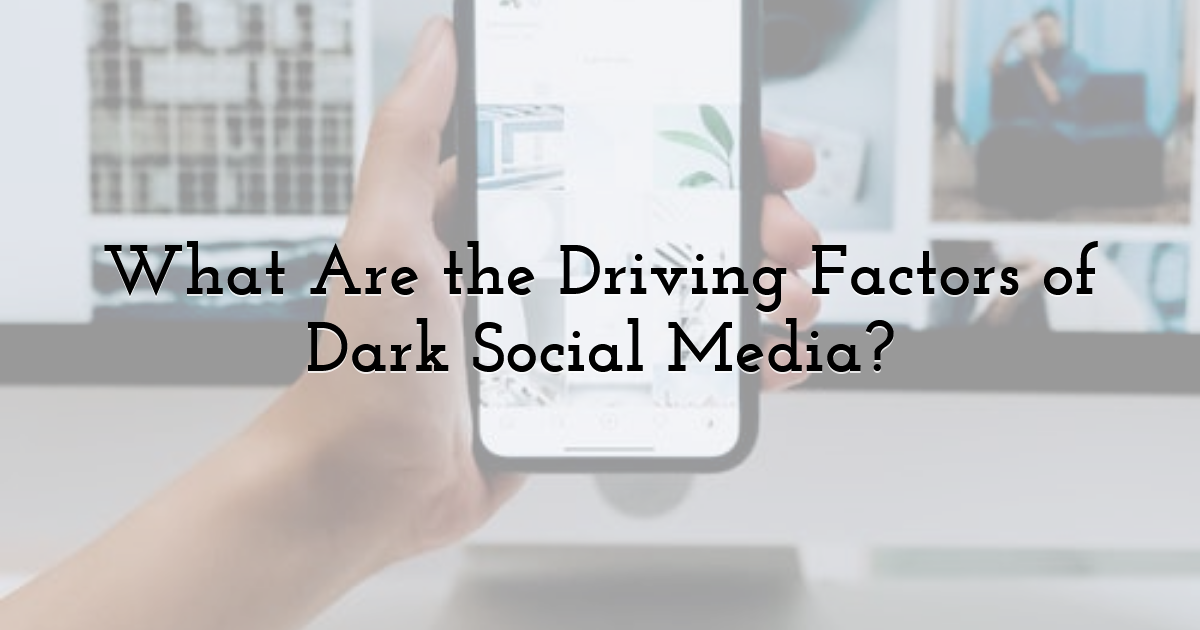
If you check your website's inbound traffic at Google Analytics report, you'll see a large bucket called direct traffic; this traffic comes from visits with no cookies/tracking tags that provide an audit trail of how the visitor ended up on your site.
So, what gives?
The general answer, at least before, is that visitors are either accessing a bookmark, typing in the URL, or coming in through other means. Dark Social is how you share content before social media platforms enter the web era, so it's not that surprising to see this phenomenon.
Check out the driving factors below:
-
• The growth of Messaging Tool
The tremendous growth of private messaging apps is shifting the paradigm of sharing, from traditional social networks to messaging apps such as Facebook Messenger, SnapChat, and WhatsApp. These apps have less advertising platforms and sophisticated tracking. -
• Privacy Concerns
'Walled garden' networks like Facebook makes it difficult to share content to individuals or small groups through direct email. It gives great insight or control to Facebook, but it doesn't work for the users who want to share content privately. -
• Issues About Over-Sharing
Concerning privacy, users don't want to be an 'over-sharer.' Users unfriend or unfollow people according to posts about work. -
• URL Link Shortening Tools
These tools don't carry information that marketers need to trace social content sharing. -
• Firewalls at Work
A lot of people work in an environment where network firewalls prohibit social sharing.
How Does It Affect Your Brand and Social Media Efforts?
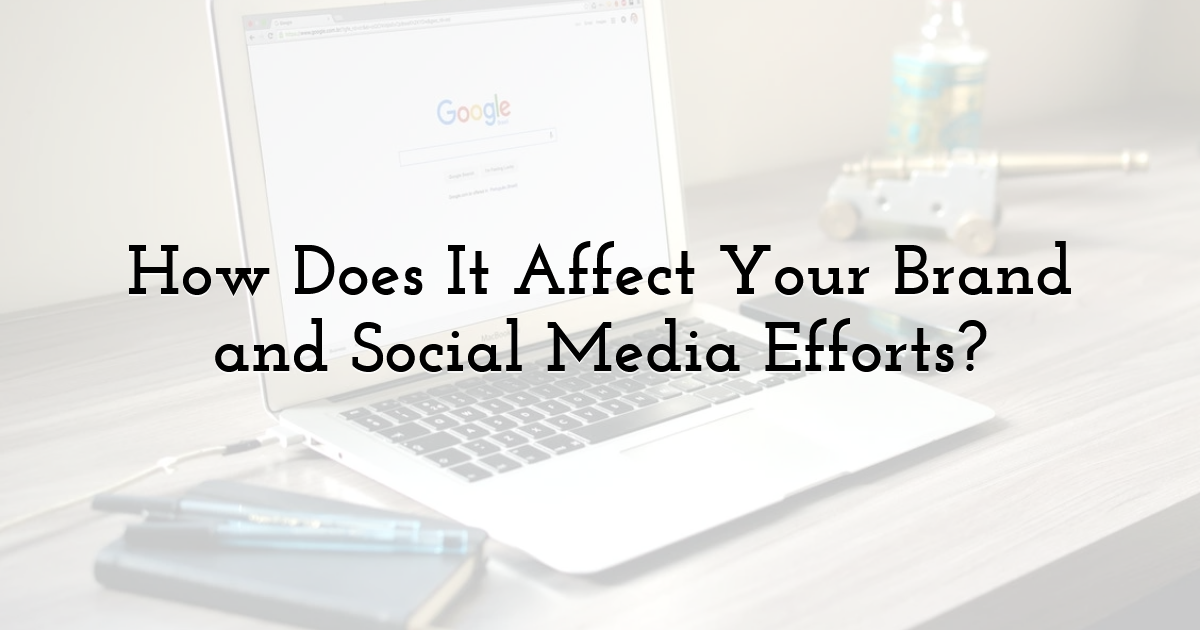
The recent study of RadiumOne reveals that the factor for dark social sharing is too big to ignore. Approximately 92 % include dark social among their channels for sharing, and 84% of shares happen on dark social among U.S. consumers who share online.
It could only mean that the insights you get from your web traffic are somewhat vague because you don't know where exactly a large part of your visitors originates. If you can't track the source with accuracy, you will not get the whole picture of, for example, what engagement your posts generate.
It can also cut your ability to enhance traffic from sources that pay for your efforts. And ultimately, it can curtail your success in increasing profits and growing your customer base.
Takeaway
We need to comprehend the platform and tailor our approach to take advantage of dark social.
Dark social is an avenue that you shouldn't ignore because people spend more time on these platforms. Plus, it doesn't need to be scary to work at all. After all, links are the universal connections that bridge social channels together, whether it's visible or not.

Until next time, Be creative! - Pix'sTory made by Johnny Chen
Johnny Chen is the lead SEO specialist at Johnny Chen, SEO internet marketing. Over the years of research and development, he has continued to expand towards making website conversion more applicable for his onboarding clients with additional services such as content creation, social media distribution, and web development.
Recommended posts
-
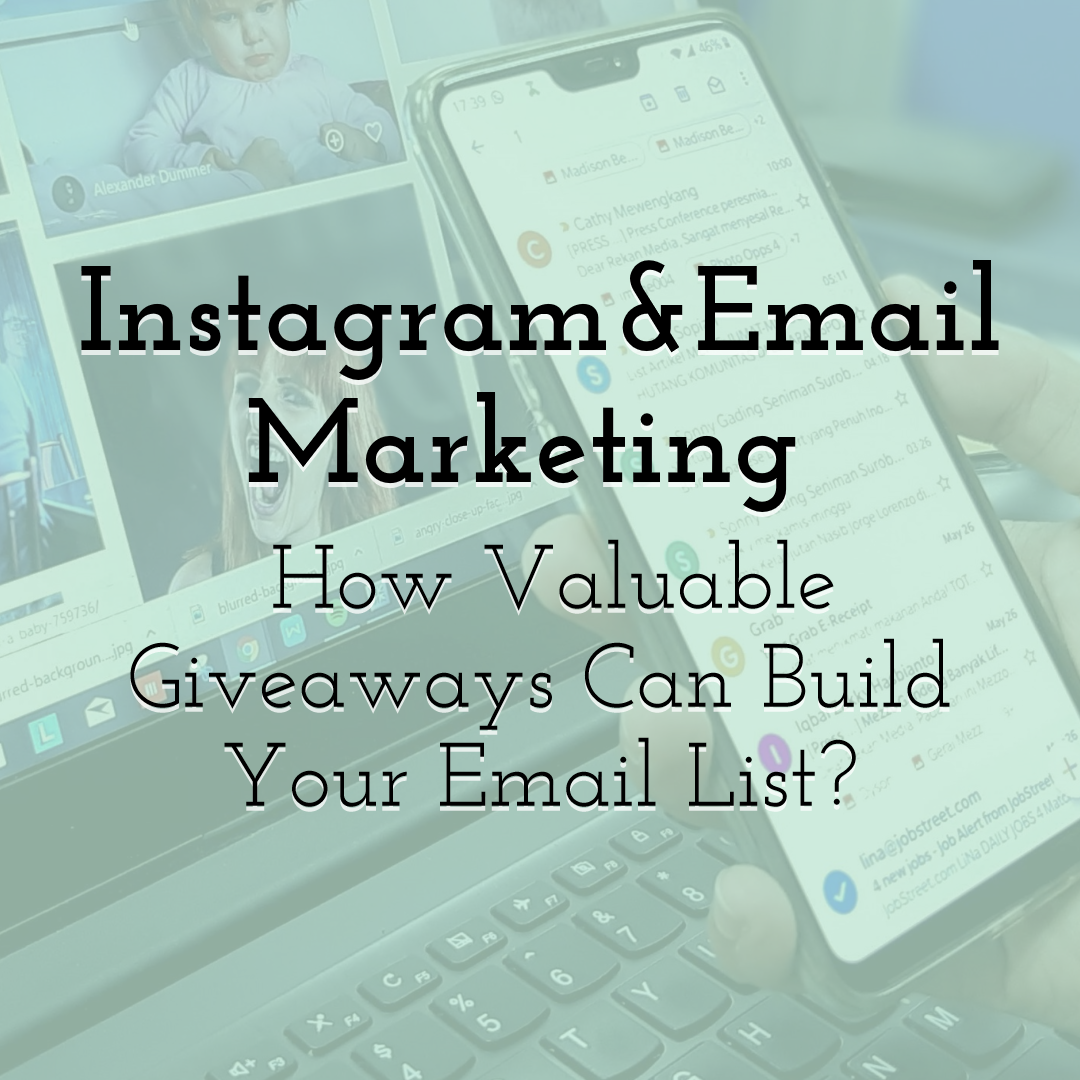
Instagram and Email Marketing - How Valuable Giveaways Can Build Your Ema...
Read More › -
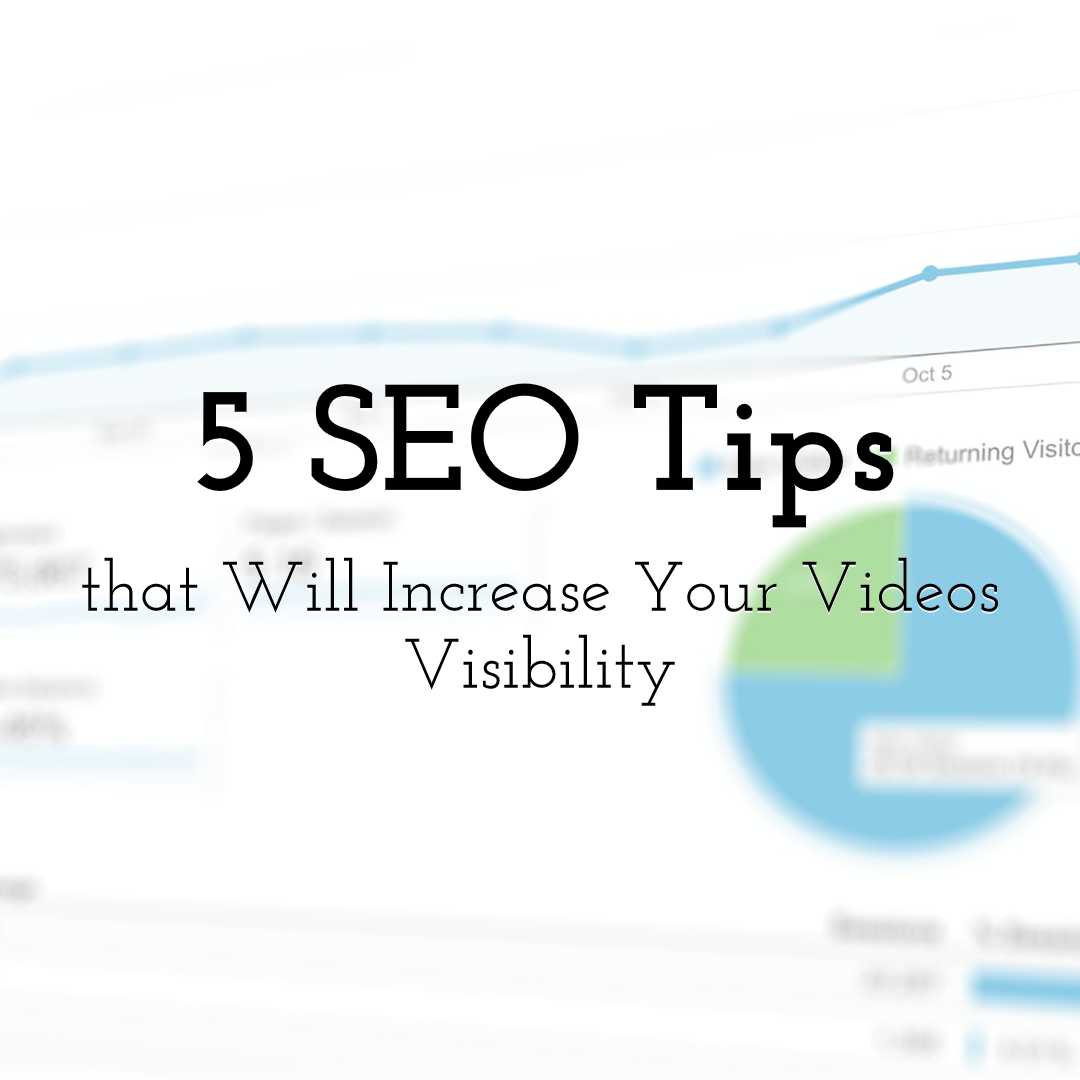
5 SEO Tips that Will Increase Your Videos Visibility
Read More › -

Best Tools to Manage Your Marketing Team
Read More › -
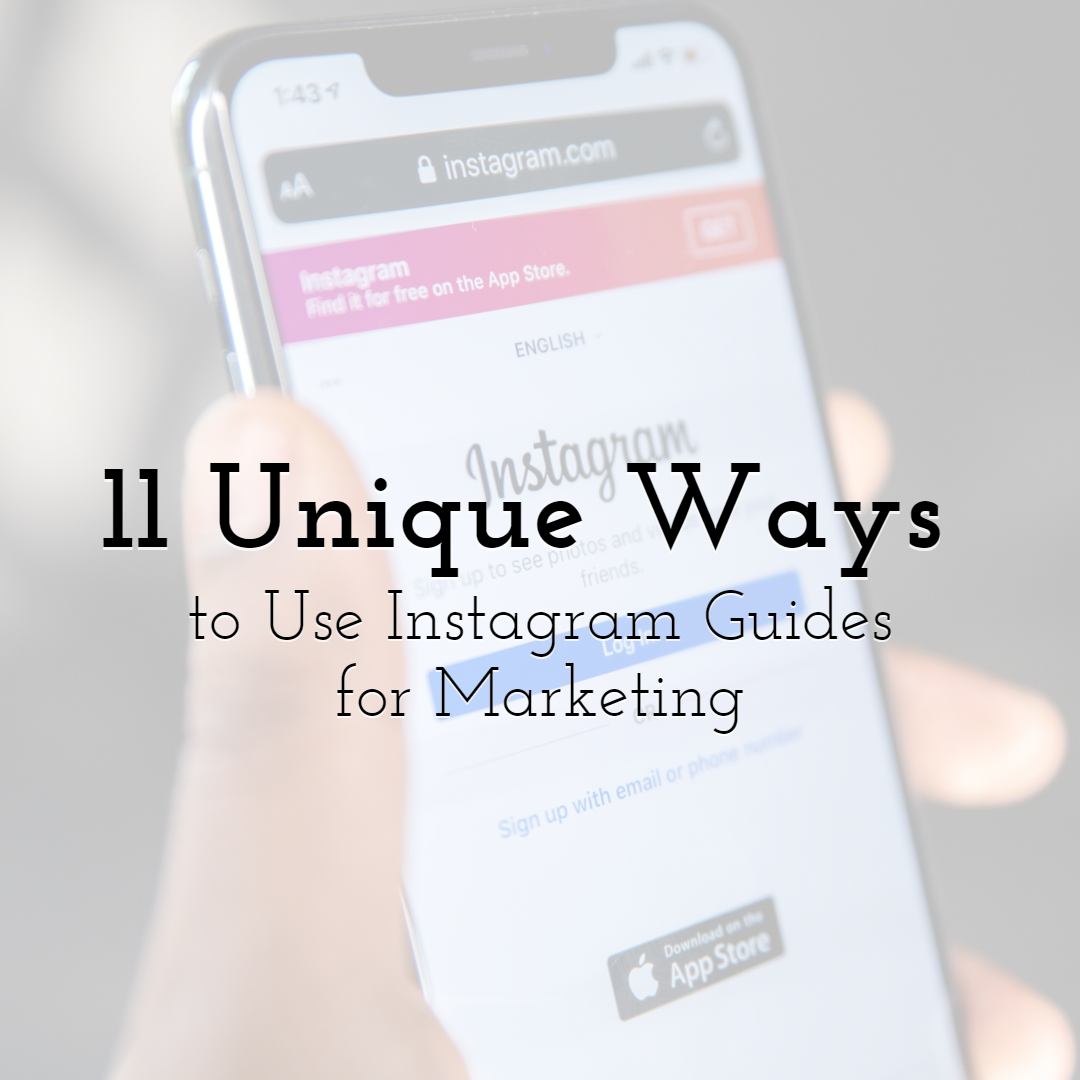
11 Unique Ways to Use Instagram Guides for Marketing
Read More › -

7 Tips for Writing Excellent Web Content
Read More › -

4 Effective Social Media Marketing Tips to Attract More Eyeballs for Your...
Read More ›
